Home>Gardening & Outdoor>Landscaping Ideas>When To Water Grass During Heat Wave
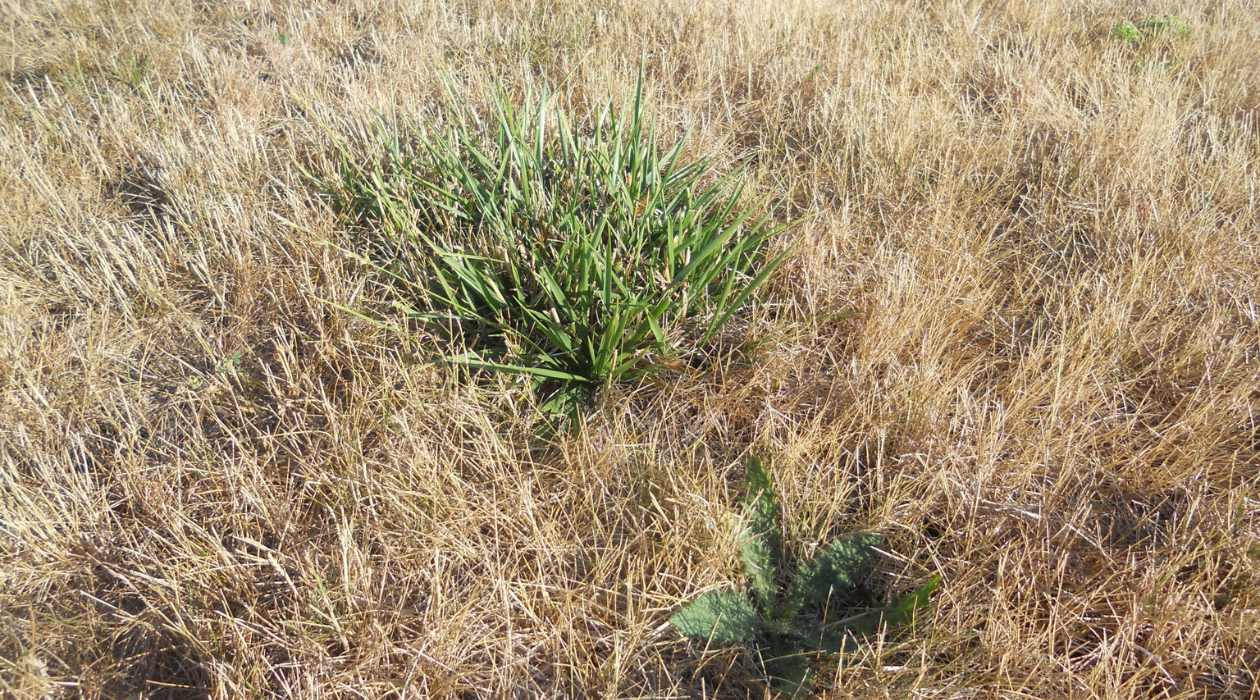

Landscaping Ideas
When To Water Grass During Heat Wave
Modified: August 27, 2024
Learn expert landscaping tips for watering grass during a heat wave. Discover when and how to water your lawn to keep it healthy and green. Ideal for homeowners seeking effective landscaping ideas.
(Many of the links in this article redirect to a specific reviewed product. Your purchase of these products through affiliate links helps to generate commission for Storables.com, at no extra cost. Learn more)
Introduction
As the sun beats down and temperatures soar, it’s essential to pay close attention to the well-being of your lawn. Heat waves can take a toll on grass, causing it to become parched, brown, and distressed. In this article, we will explore the best practices for watering your grass during a heat wave, ensuring that your lawn remains vibrant and healthy despite the scorching conditions.
Understanding the impact of extreme heat on your grass is the first step in effectively managing its care during a heat wave. By recognizing the signs of dehydration and knowing the optimal times to water, you can safeguard your lawn from the detrimental effects of prolonged high temperatures. Let’s delve into the details of how heat affects grass and how to mitigate its impact through proper watering techniques.
Key Takeaways:
- During a heat wave, water your grass in the early morning or late afternoon to help it absorb moisture effectively and stay healthy. Avoid watering during midday to prevent water evaporation and sunburn.
- Look for signs of dehydrated grass, like yellowing or wilting, and use deep, infrequent watering, proper coverage, and soil monitoring to keep your lawn resilient and vibrant during scorching temperatures.
Read more: When To Water Zoysia Grass
Understanding the Effects of Heat on Grass
Grass, like all living organisms, is profoundly influenced by the environment in which it grows. When exposed to intense heat, several physiological processes within the grass plant are disrupted, leading to visible signs of distress. One of the primary impacts of heat on grass is the acceleration of evapotranspiration, the combined process of water evaporation from the soil and transpiration from the plant’s leaves. This results in the rapid loss of moisture from the grass, leading to dehydration and wilting.
Furthermore, high temperatures can hinder the grass’s ability to absorb essential nutrients from the soil, impairing its overall health and resilience. The chlorophyll pigments responsible for the grass’s green hue may also degrade under prolonged heat stress, causing the grass to appear yellow or brown. In severe cases, the grass may enter a state of dormancy as a survival mechanism, further exacerbating its vulnerability to heat-related damage.
Moreover, the soil itself undergoes significant changes during a heat wave. As moisture evaporates more rapidly from the soil, it becomes increasingly dry and compacted, impeding the penetration of water and nutrients to the grass’s root system. This creates a hostile environment for the grass to thrive, compounding the challenges posed by the scorching temperatures.
By understanding these profound effects of heat on grass, you can appreciate the urgency of implementing appropriate measures to mitigate its impact. Recognizing the signs of dehydration in grass is crucial for timely intervention and effective remediation. In the following section, we will explore the telltale indicators of dehydrated grass, empowering you to respond promptly to your lawn’s distress signals.
Signs of Dehydration in Grass
When your lawn is suffering from dehydration due to a heat wave, it communicates its distress through various visible indicators. Recognizing these signs is pivotal in addressing the grass’s urgent need for water. One of the most apparent signals of dehydration is the grass losing its vibrant green color and taking on a dull, yellowish hue. As the drought stress intensifies, the grass may turn brown and become visibly wilted, appearing limp and lifeless.
Another telltale sign of dehydrated grass is the persistence of footprints or mower tracks long after they have been made. Healthy, hydrated grass typically springs back after being compressed, but during a heat wave, the lack of moisture causes the grass to remain flattened, indicating its diminished turgidity and resilience. Additionally, the presence of visibly dry and cracked soil in the lawn is a clear indication of insufficient moisture, further emphasizing the urgent need for watering.
Observing the behavior of the grass blades can also provide valuable insights into their hydration status. Dehydrated grass often exhibits a wilted appearance, with the blades curling inwards or drooping significantly. In severe cases, the grass may begin to shed its leaves as a survival mechanism, shedding the older, outer blades to conserve energy and moisture for the core of the plant.
Furthermore, the development of bare patches within the lawn, accompanied by the proliferation of weeds, is a sign of the grass’s weakened state. Deprived of adequate water, the grass struggles to compete with opportunistic weeds, leading to the invasion of undesirable vegetation in the stressed areas. These indicators collectively convey the urgent need for intervention to revive the health and vitality of the grass during a heat wave.
Understanding these signs of dehydration equips you with the knowledge to assess your lawn’s condition accurately. By promptly identifying and responding to these indicators, you can take proactive measures to restore your grass to its lush, resilient state. In the subsequent sections, we will explore the best times to water your grass during a heat wave and the most effective techniques for ensuring thorough hydration.
Best Times to Water Grass During a Heat Wave
During a heat wave, the timing of watering plays a crucial role in maximizing the effectiveness of moisture absorption by the grass. To mitigate the impact of scorching temperatures and promote the health of your lawn, it is essential to water your grass during the optimal periods of the day. The early morning, typically before 10 a.m., is widely regarded as the best time to water grass during a heat wave.
Watering your lawn in the early morning offers several advantages. The cooler temperatures and reduced wind during this time minimize the evaporation of water, allowing it to penetrate the soil and reach the grass’s root system effectively. Furthermore, the grass has ample time to absorb the moisture before the onset of intense daytime heat, enabling it to withstand the soaring temperatures with greater resilience.
Another favorable time for watering your grass is in the late afternoon or early evening, after 4 p.m. As the heat of the day begins to wane, the evening hours provide a window of opportunity to hydrate the grass before nightfall. However, it is important to ensure that the grass has sufficient time to dry before night sets in, as prolonged moisture on the blades during cooler nighttime temperatures can create a conducive environment for fungal diseases to develop.
Conversely, watering your lawn during the peak of the day, especially between 10 a.m. and 4 p.m., is generally discouraged. The intense sunlight and high temperatures during this period lead to rapid evaporation of the water, diminishing its effectiveness in nourishing the grass. Additionally, the risk of water droplets acting as magnifying lenses, potentially causing sunburn on the grass blades, further underscores the unsuitability of midday watering.
By adhering to these optimal watering times, you can ensure that your grass receives the vital hydration it needs to endure the rigors of a heat wave. This strategic approach to watering not only conserves water by minimizing evaporation but also optimizes the grass’s ability to absorb and utilize the moisture for sustained health and vitality. In the following section, we will delve into the best practices for effectively watering your grass during a heat wave, maximizing its rejuvenation and resilience.
How to Water Grass Effectively During a Heat Wave
Effectively watering your grass during a heat wave is essential for maintaining its health and vibrancy amidst the challenging conditions. Implementing the following best practices will optimize the hydration of your lawn, enabling it to withstand the stress of scorching temperatures and thrive despite the adverse weather.
Read more: When To Water Grass In Winter
Deep and Infrequent Watering
During a heat wave, it is beneficial to adopt a deep and infrequent watering schedule for your grass. This approach encourages the development of a robust and resilient root system, as the grass is prompted to seek moisture deeper within the soil. Rather than frequent, shallow watering that promotes shallow root growth, infrequent deep watering encourages the roots to delve deeper, enhancing the grass’s ability to withstand drought conditions.
Water Penetration and Coverage
Ensuring thorough water penetration and coverage is essential for effectively hydrating your grass during a heat wave. When watering, aim to moisten the soil to a depth of at least 6 inches, facilitating the infiltration of moisture to the grass’s root zone. To achieve uniform coverage, consider using sprinklers or irrigation systems that distribute water evenly across the lawn, preventing dry patches and promoting consistent hydration.
Observing Watering Restrictions
Adhere to any local watering restrictions or guidelines that may be in place during a heat wave. By complying with these regulations, you contribute to water conservation efforts while also optimizing the impact of your watering regimen. Additionally, being mindful of any imposed restrictions demonstrates environmental stewardship and responsible water management practices.
Avoiding Water Runoff
Prevent water runoff by monitoring the absorption capacity of the soil and adjusting the watering duration and frequency accordingly. If you notice water pooling or running off the lawn, interrupt the watering session to allow the soil to absorb the moisture before resuming. This mitigates wastage and ensures that the grass receives the intended hydration without excessive runoff.
Read more: When To Stop Watering Grass
Monitoring Soil Moisture
Regularly monitor the moisture levels of the soil to gauge the effectiveness of your watering efforts. Utilize a soil moisture meter or simply probe the soil with a garden trowel to assess its dampness at various depths. This proactive approach enables you to make informed decisions about the frequency and duration of watering, preventing both under- and over-watering of the grass.
Utilizing Mulch and Shade
Applying a layer of organic mulch to the soil surface around the grass can help conserve moisture and regulate soil temperature during a heat wave. Mulch acts as a protective barrier, reducing water evaporation and shielding the soil from excessive heat. Additionally, strategically placed shade structures or natural shading from trees can mitigate the impact of direct sunlight, minimizing moisture loss and heat stress on the grass.
By implementing these effective watering practices, you can fortify your grass against the challenges posed by a heat wave, promoting its resilience and vitality. Consistent and strategic hydration is instrumental in preserving the health and lush appearance of your lawn, ensuring that it thrives despite the sweltering conditions. In the subsequent section, we will recap the key insights and strategies for maintaining a healthy lawn during a heat wave, underscoring the significance of proactive care and attentive management.
Conclusion
Amidst the relentless onslaught of a heat wave, the well-being of your grass hinges on your proactive care and strategic management. By understanding the profound effects of heat on grass and recognizing the signs of dehydration, you can promptly intervene to safeguard your lawn from the detrimental impact of scorching temperatures. Equipped with the knowledge of the best times to water your grass during a heat wave, you can optimize the effectiveness of your watering regimen, ensuring that your lawn receives vital hydration when it is most beneficial.
Furthermore, implementing effective watering practices, such as deep and infrequent watering, thorough water penetration and coverage, and vigilant monitoring of soil moisture, empowers you to fortify your grass against the rigors of a heat wave. By adhering to these best practices and exercising environmental stewardship through water conservation efforts, you contribute to the sustained health and vitality of your lawn while minimizing wastage and promoting responsible water management.
As you navigate the challenges of a heat wave, remember the importance of proactive intervention and attentive care in preserving the lushness and resilience of your grass. Embracing these best practices for watering your grass during a heat wave positions you to nurture a thriving lawn that withstands the adversities of extreme heat, emerging vibrant and resilient when the scorching conditions subside.
In essence, your dedication to the well-being of your lawn during a heat wave is a testament to your commitment to fostering a healthy and vibrant outdoor space. By integrating these insights and strategies into your lawn care regimen, you cultivate an oasis of lush greenery that defies the odds and flourishes amidst the sweltering heat, evoking admiration and delight for all who behold it.
As you embark on this journey of nurturing your grass through a heat wave, may your efforts yield a tapestry of verdant beauty and enduring resilience, a testament to the transformative power of attentive care and strategic management in the face of nature’s formidable trials.
Frequently Asked Questions about When To Water Grass During Heat Wave
Was this page helpful?
At Storables.com, we guarantee accurate and reliable information. Our content, validated by Expert Board Contributors, is crafted following stringent Editorial Policies. We're committed to providing you with well-researched, expert-backed insights for all your informational needs.
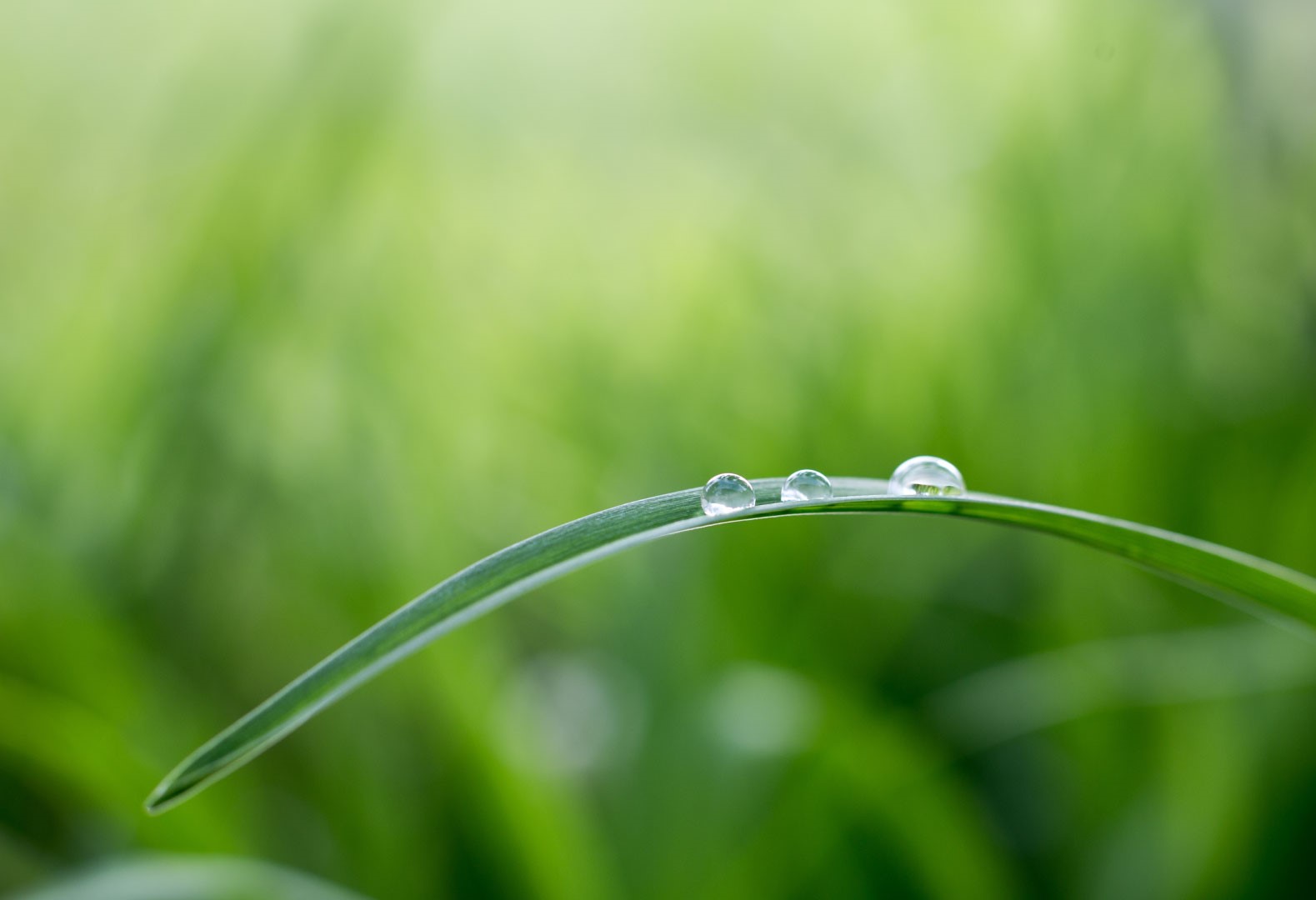
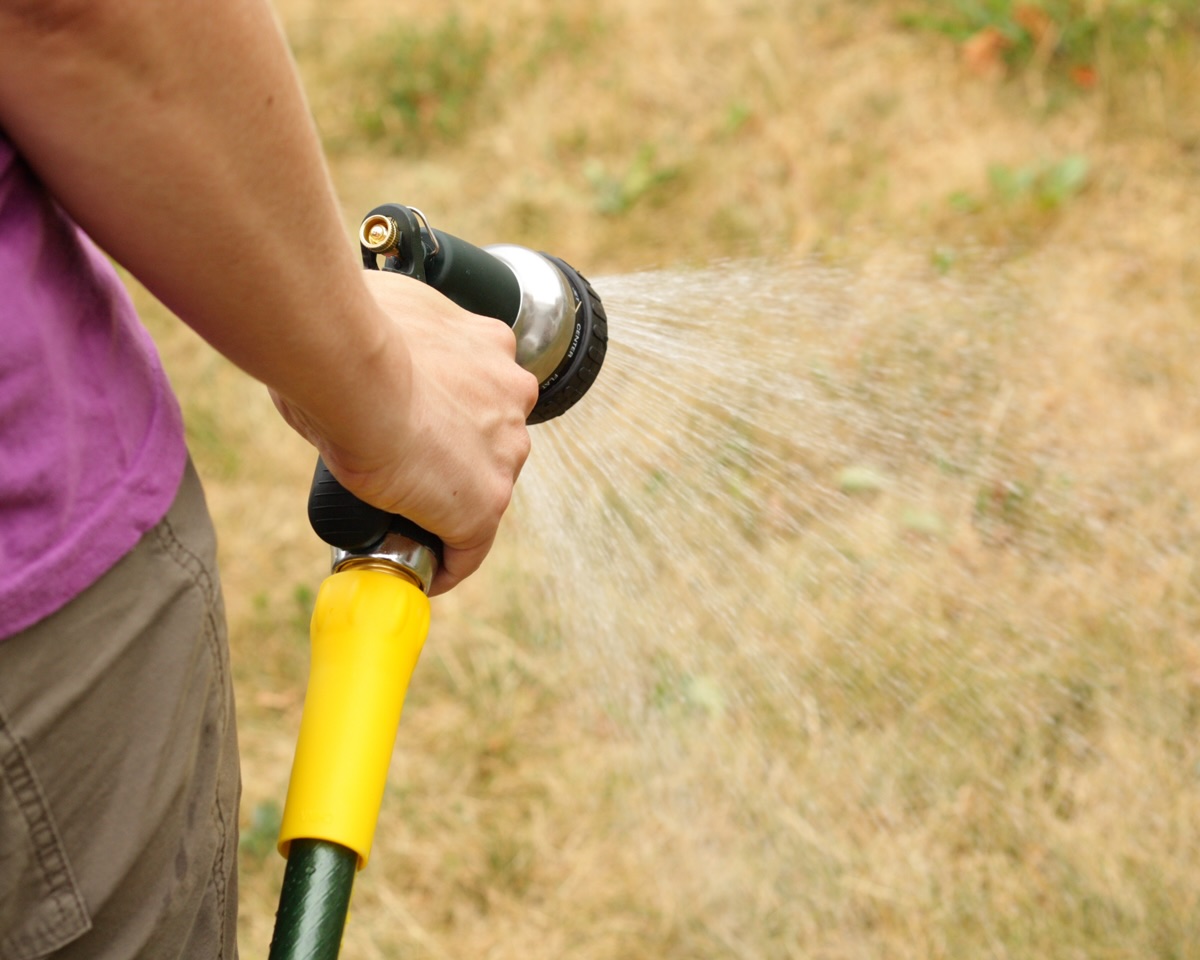
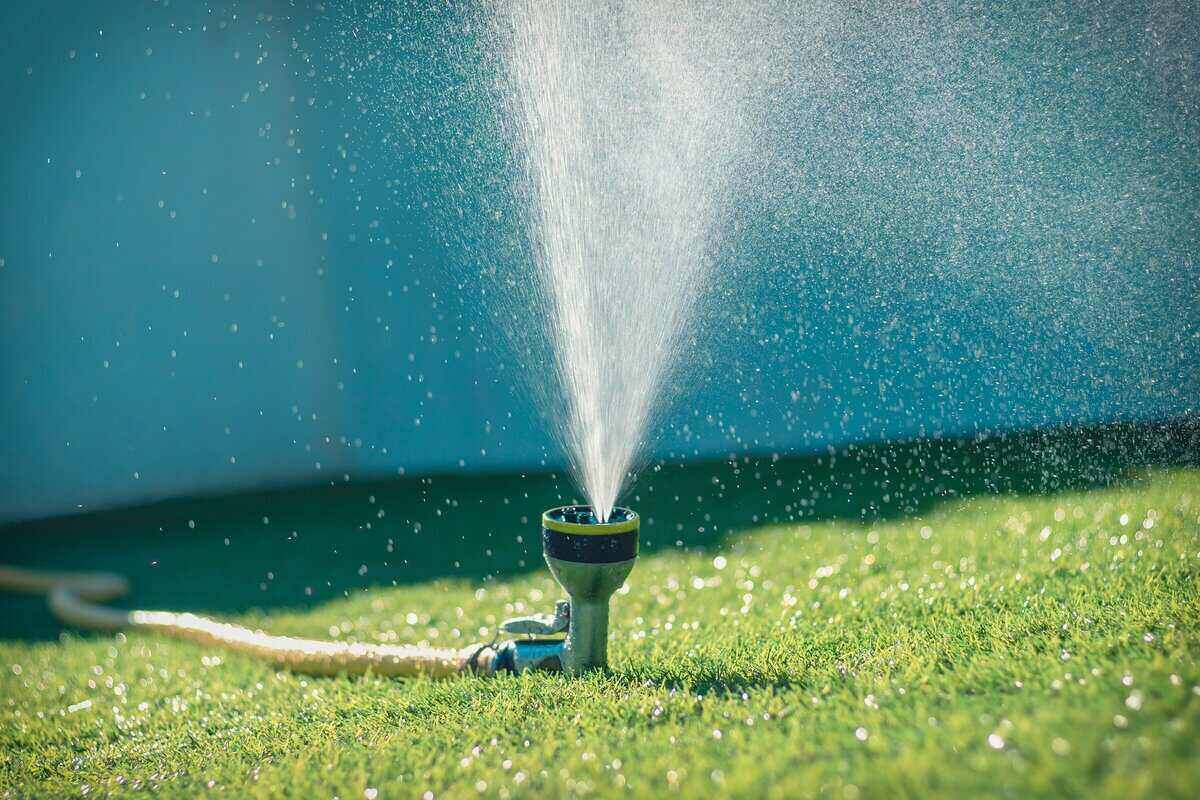
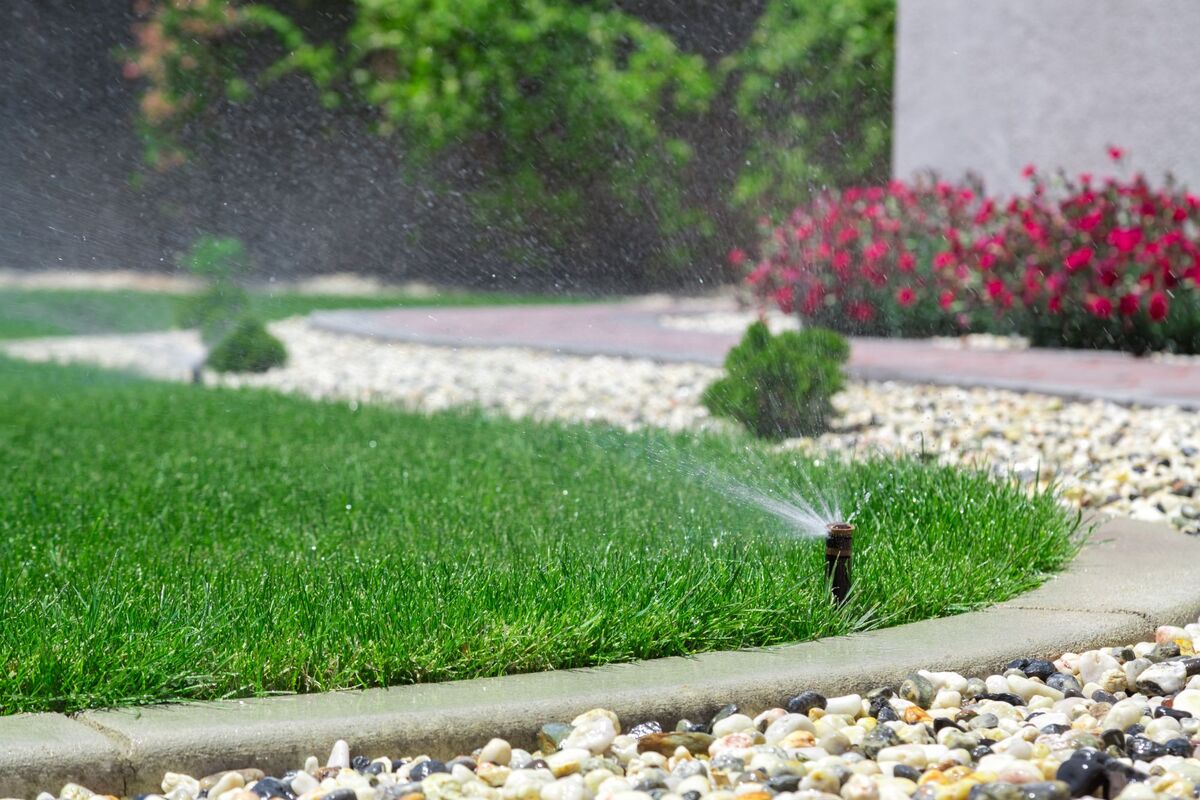
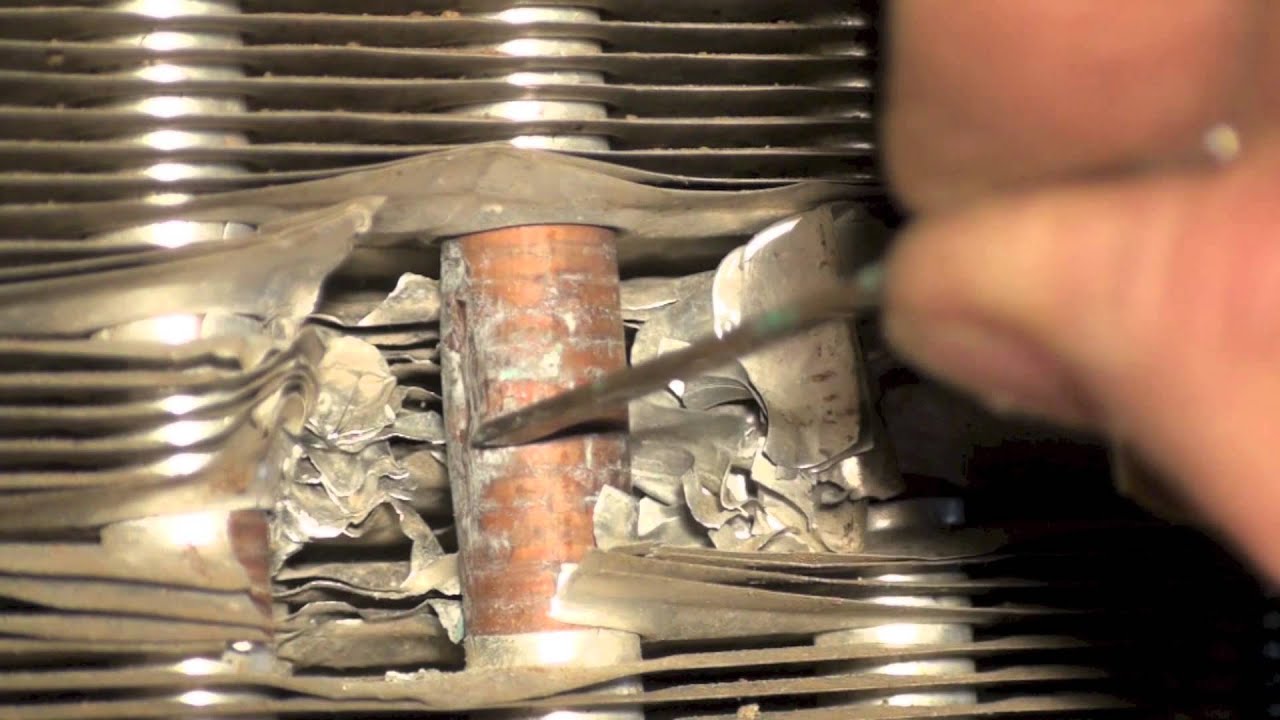
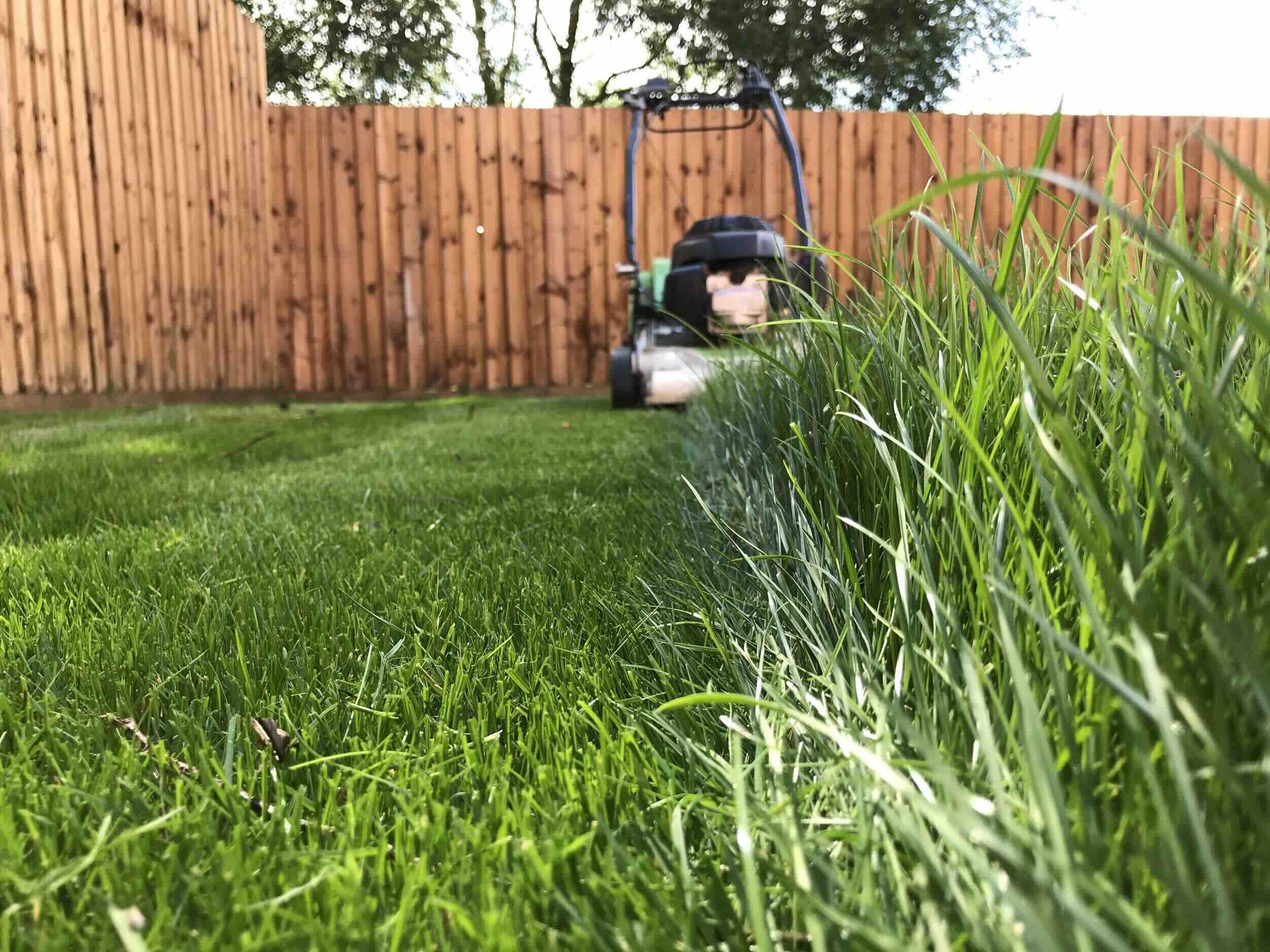
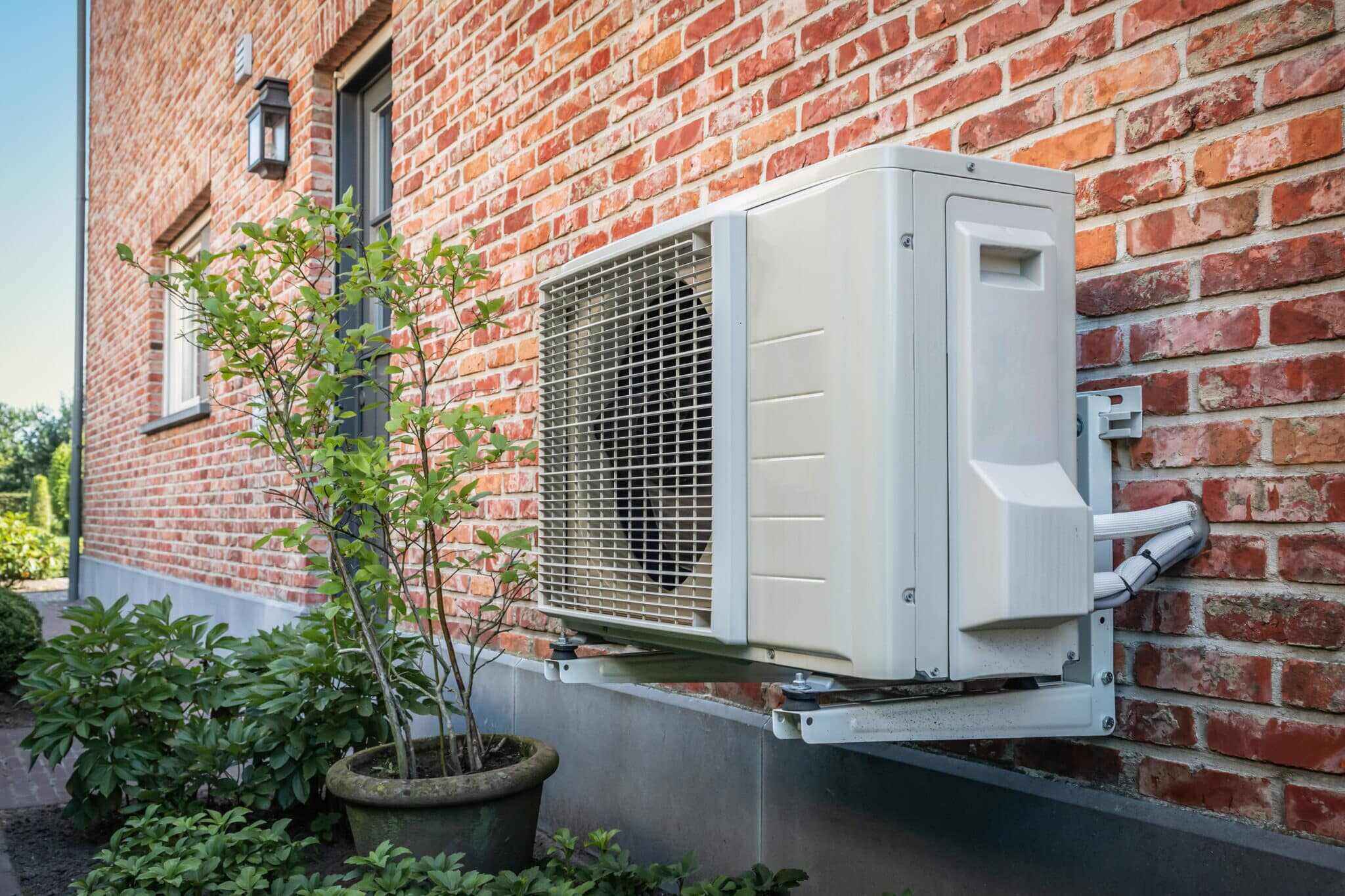
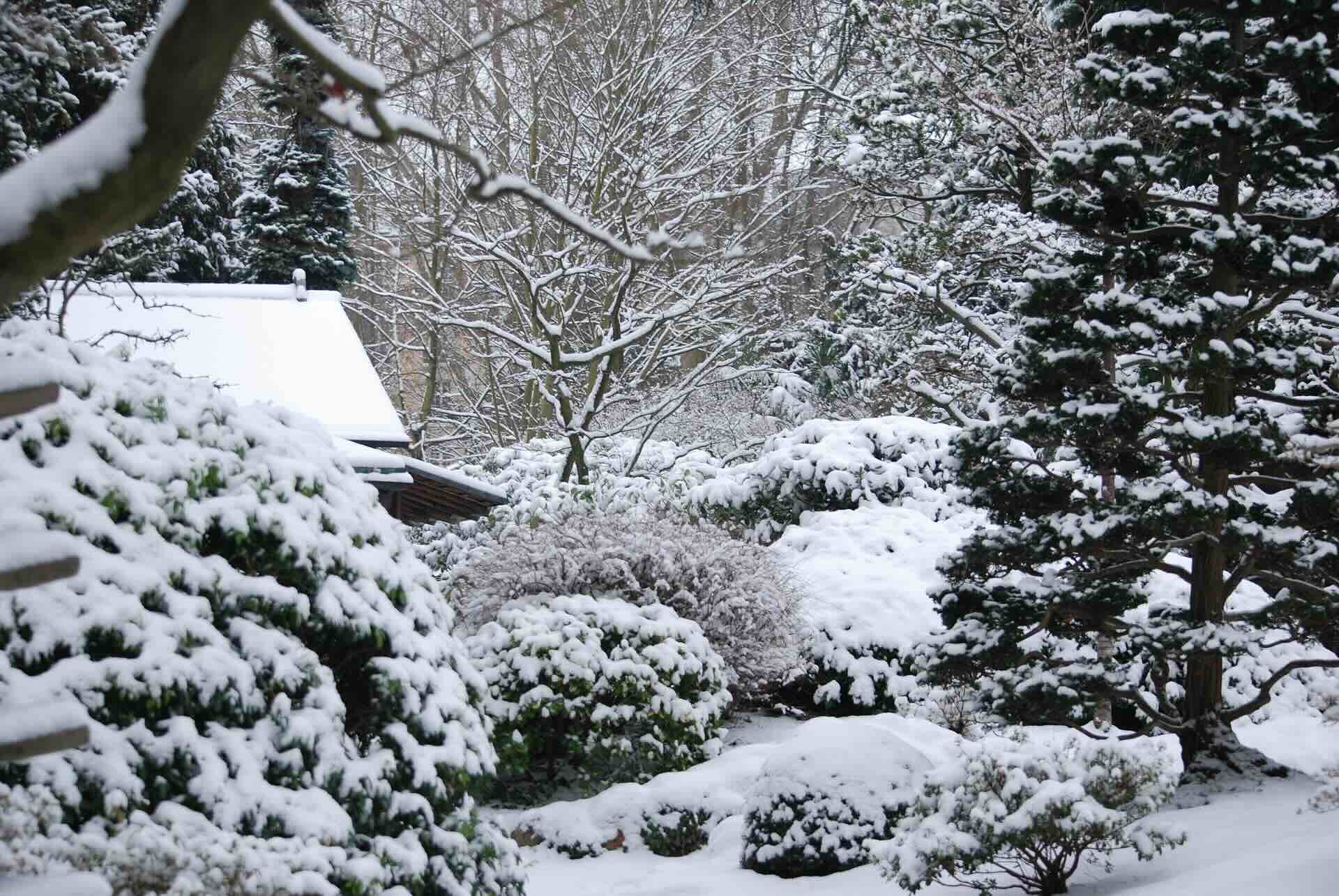


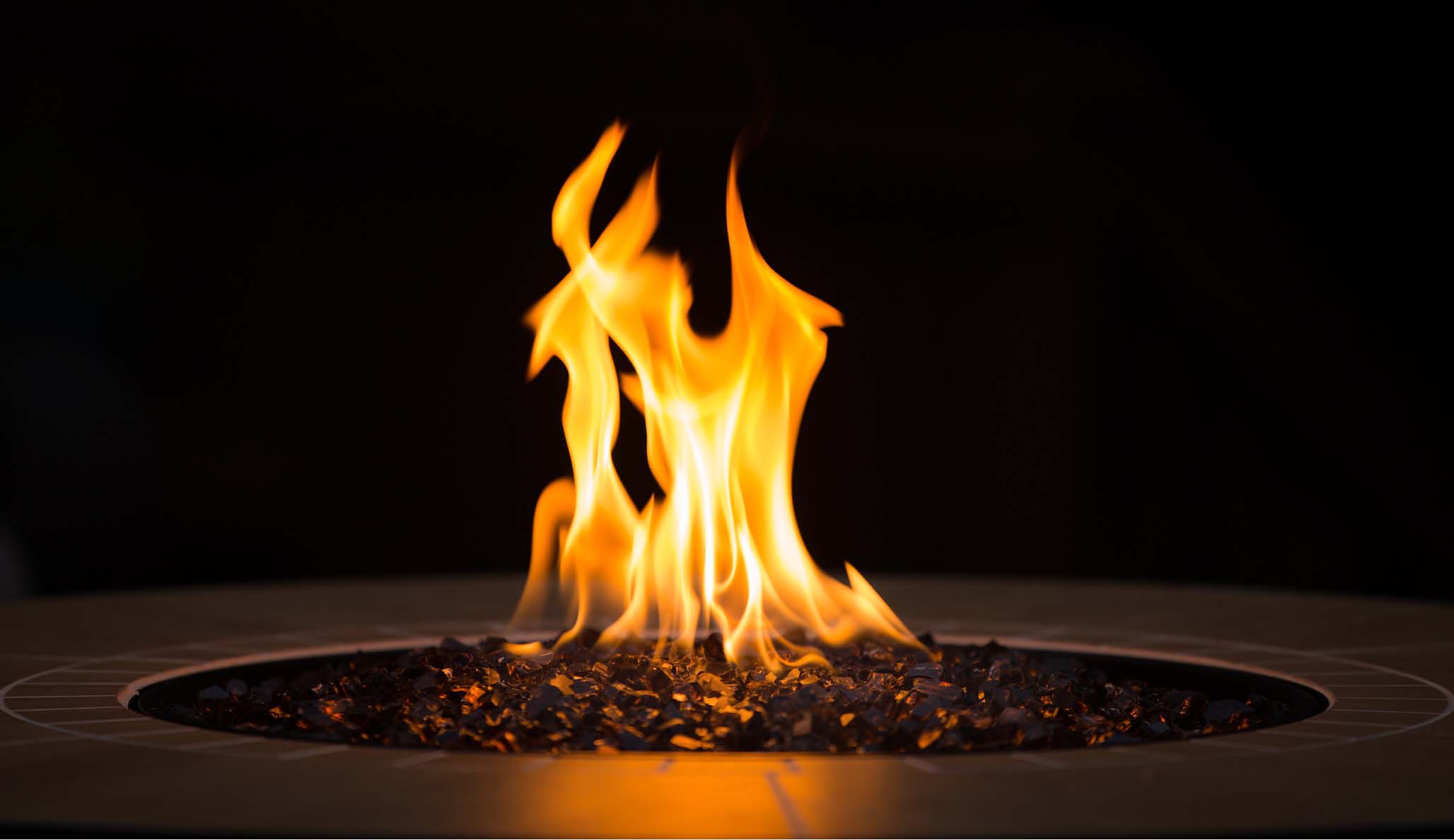
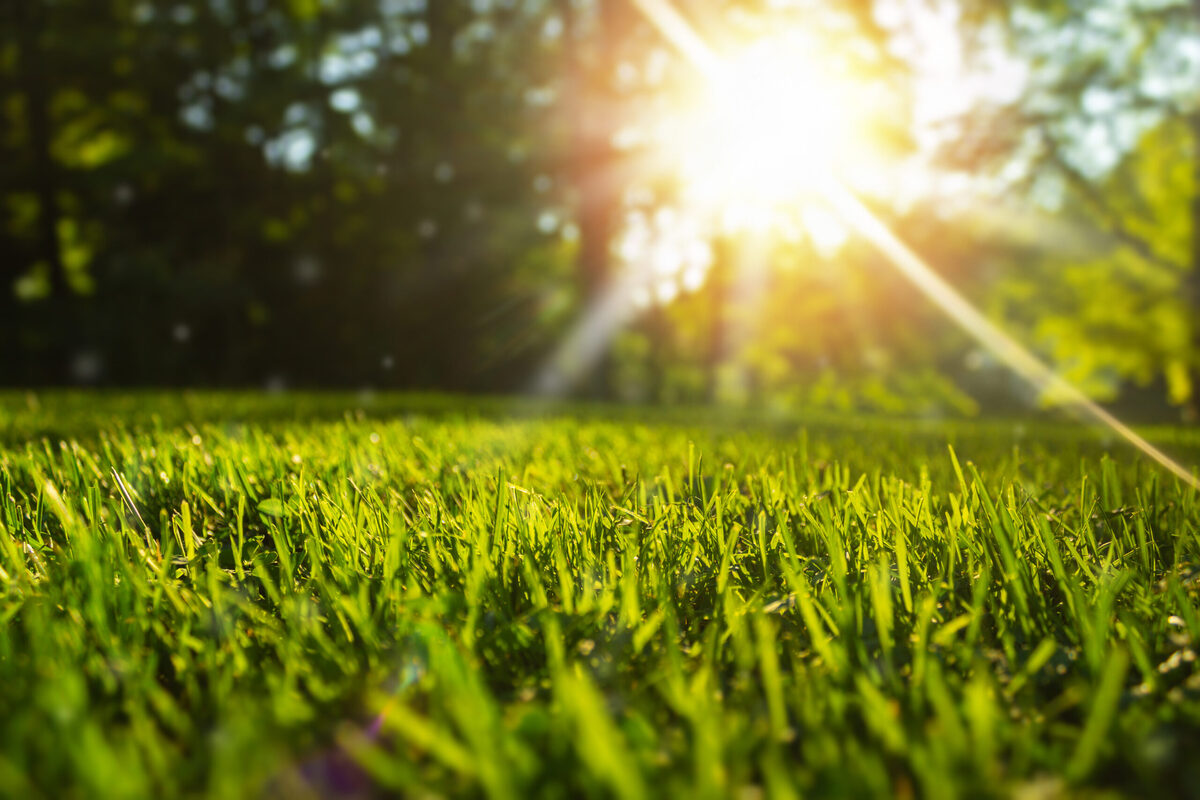
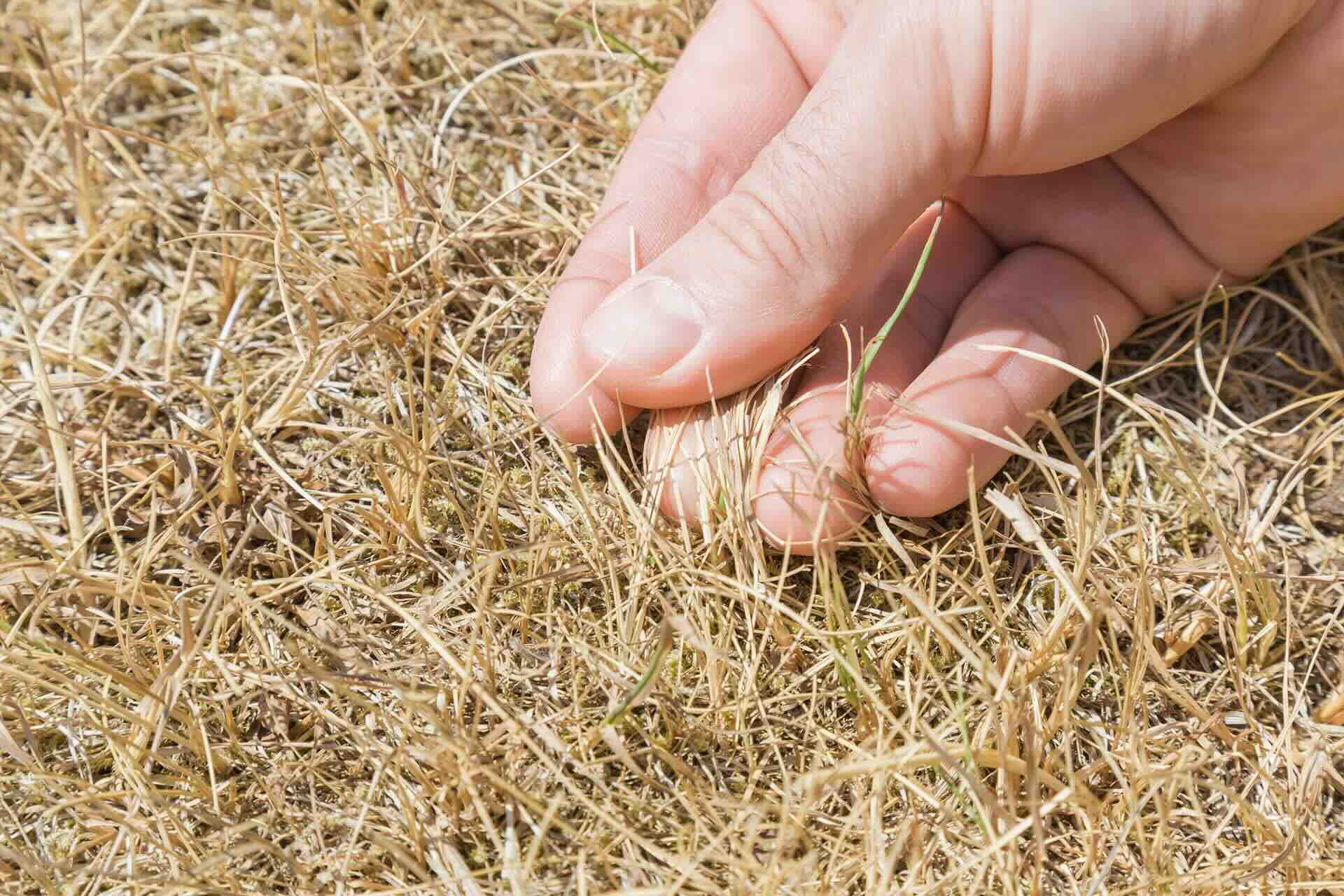

0 thoughts on “When To Water Grass During Heat Wave”